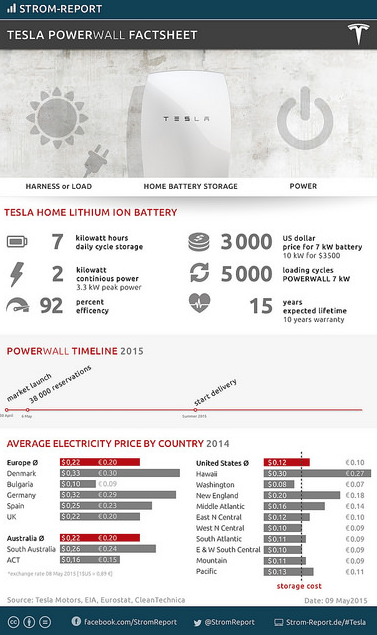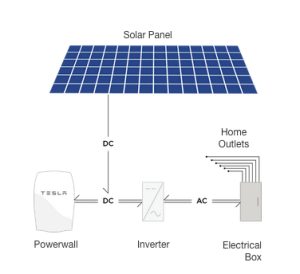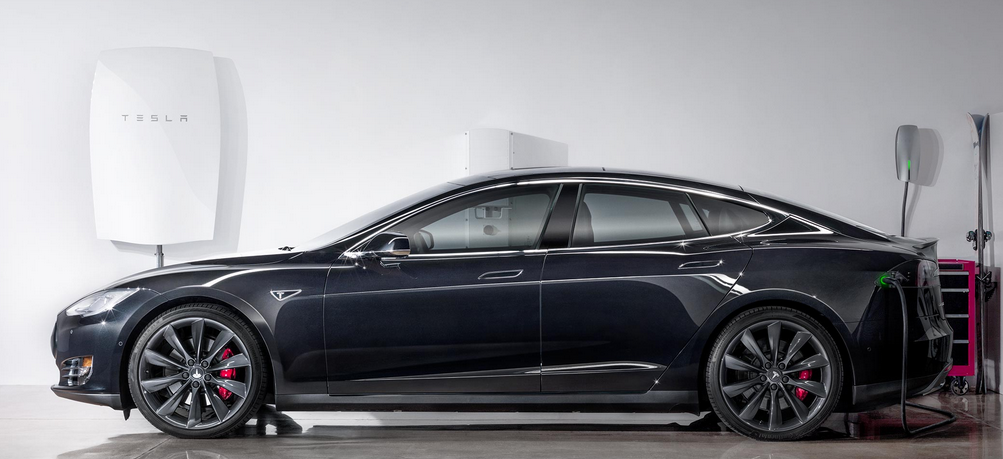In 1953 Charles Wilson, former president of General Motors, remarked “as General Motors goes, so goes the nation.” This wasn’t arrogance talking, but facts: GM was the largest corporation in America, employing over 850,000 workers worldwide and capturing 54% of the U.S. auto market. The Detroit based behemoth was on the cutting edge of several automotive innovations, including the development of the first V8 engine and the first application of air conditioning in a car. A year after Charles Wilson made that remark, General Motors produced its 50 millionth car and their U.S. market shares reached 54%. Fast forward to GM’s faulty ignition switch scandal and their bankruptcy fall from grace, and we’ve seen a decoupling of General Motors and the nation at large. On the upside, this shift has allowed other innovators to enter the playing field. Chief among them is Tesla Motors, led by the entrepreneur extraordinaire Elon Musk.
Tesla Motors doesn’t operate on th e same scale that GM once did, but the company has leveraged its electric vehicle initiatives to spur change across the industry. For instance, in 2014 Musk announced that its technology patents could be used by anyone in good faith to speed the development of electric cars. Tesla’s latest foray into selling solar powered batteries indicates a new alliance forming between our country’s future and an automaker—one that wants the public to think of it not just as a car company, but as an “energy innovation company.” The Tesla Powerwall, which was launched this spring and is already sold out through 2016, is a rechargeable lithium-ion battery designed to store energy at a residential level for load shifting, backup power and self-consumption of solar power generation.
e same scale that GM once did, but the company has leveraged its electric vehicle initiatives to spur change across the industry. For instance, in 2014 Musk announced that its technology patents could be used by anyone in good faith to speed the development of electric cars. Tesla’s latest foray into selling solar powered batteries indicates a new alliance forming between our country’s future and an automaker—one that wants the public to think of it not just as a car company, but as an “energy innovation company.” The Tesla Powerwall, which was launched this spring and is already sold out through 2016, is a rechargeable lithium-ion battery designed to store energy at a residential level for load shifting, backup power and self-consumption of solar power generation.
Tesla’s latest product development signals a growing focus on renewable energy, centered around resurgent solar power. Given Elon Musk’s diverse entrepreneurial background—not to mention the fact that he’s also the Chairman of SolarCity, America’s second largest solar provider—Tesla’s move from the auto industry to the energy sector makes sense. The hope for the Powerwall battery is that it helps us move off the grid with clean energy, using the sun’s power even when it’s not shining.
 Analysts at GSV Capital are predicting Tesla’s move into the solar battery industry to be a watershed moment because it captures these 5 key trends driving global renewable energy:
Analysts at GSV Capital are predicting Tesla’s move into the solar battery industry to be a watershed moment because it captures these 5 key trends driving global renewable energy:
1. Abundance: Solar energy is starting to look like a cheaper, more viable alternative to fossil fuels.
2. Storage: Batteries continue to get cheaper and better, proving the biggest criticism of solar power—that it’s unreliable—wrong.
3. Distribution: The PowerWall allows consumers not just to buy and use batteries, but to produce and store energy for future use.
4. Intelligence: Energy tech is starting to get the same treatment as every other digitized, highly intelligent aspect of our lives. Algorithms are starting to create an “energy internet.”
5. Financing: New financing sources are emerging to promote clean tech with incentives for consumers and businesses adopting greener consumption habits. Fast Company has covered the PowerWall by the numbers extensively.
Solar energy currently only accounts for half of a percent of the world’s total energy consumption, but the innovations signaled by Tesla, along with those 5 trends that solar energy companies are starting to tap into, is an exciting indicator that the future of renewable energy will be shining brightly, 24 hours a day.
Images via Tesla
Infographic via Strom-Report
